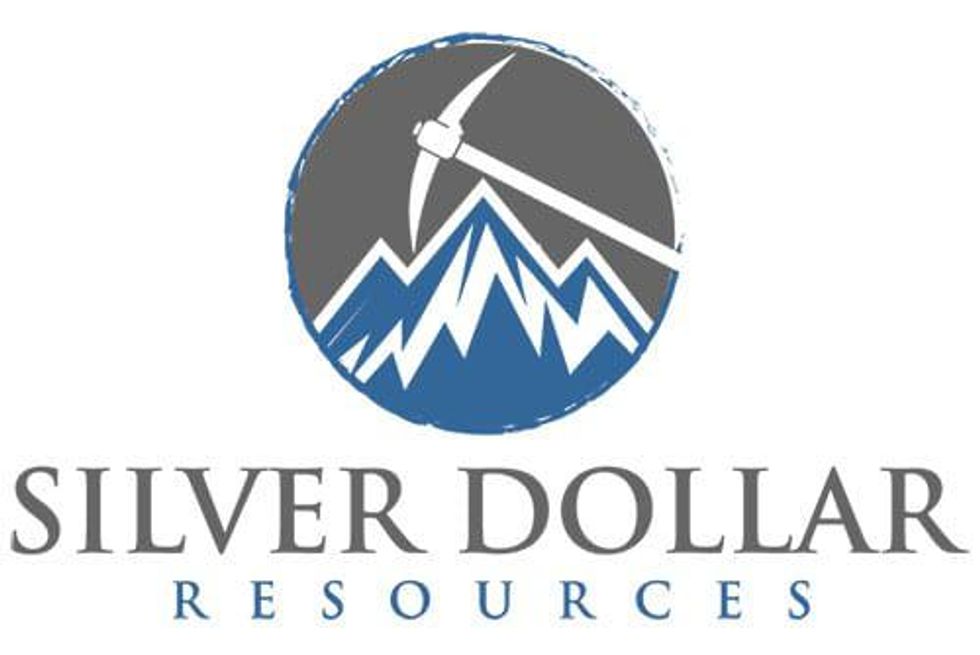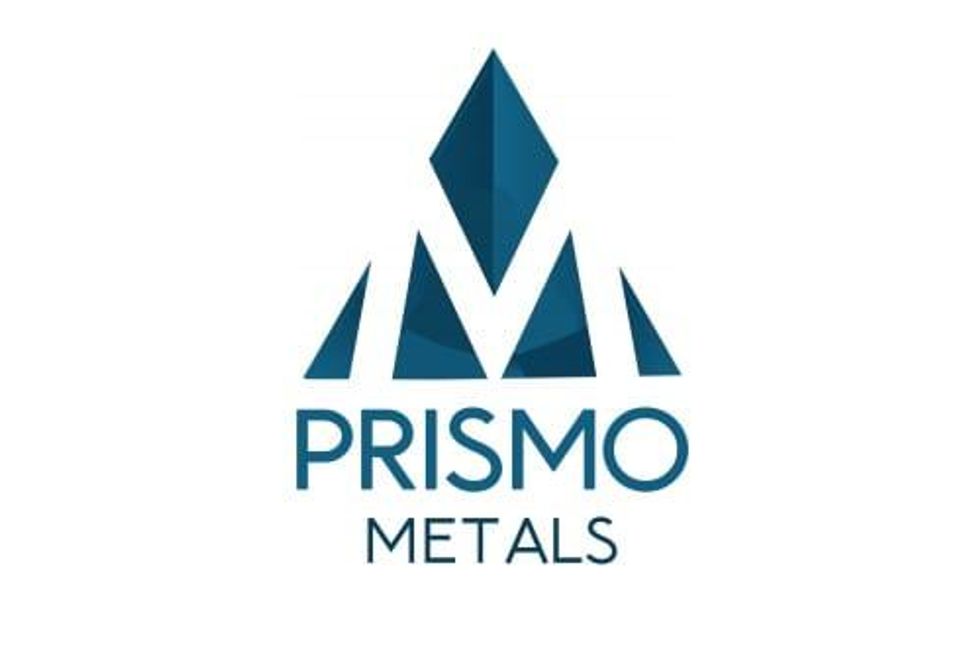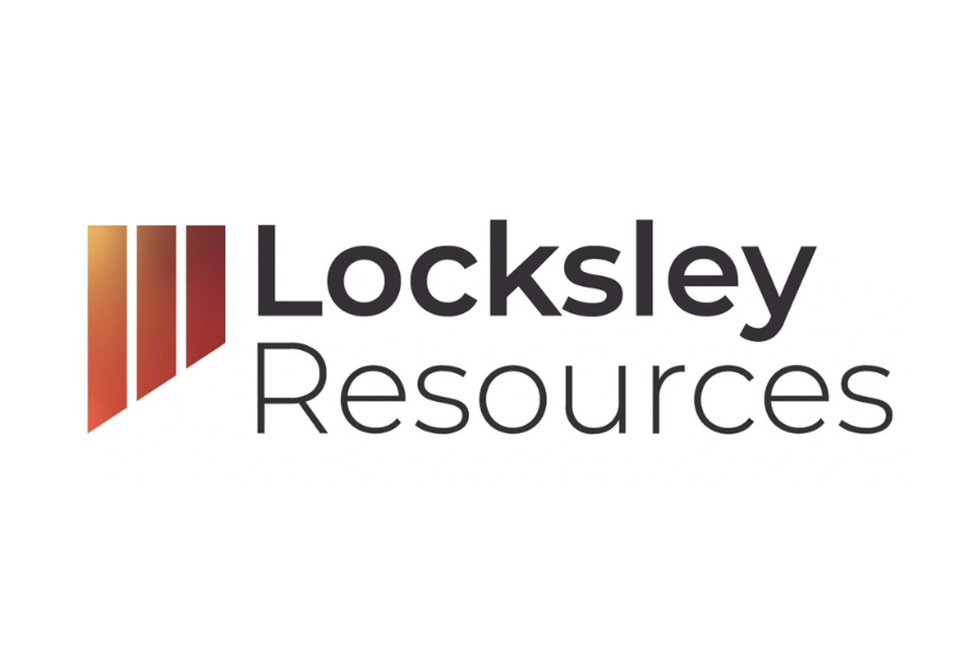Chris Thompson: Gold and Silver Miners that Can Make Money Now
Chris Thompson of Raymond James argues that the relative stability now characterizing the market permits investors to make informed decisions about which companies can build value and demonstrate cash flows at today’s prices.
Source: Kevin Michael Grace of The Gold Report (8/13/14)
As much as we’d all like significantly higher silver and gold prices, Chris Thompson of Raymond James doesn’t expect them. The good news, he argues, is that the relative stability now characterizing the market permits investors to make informed decisions about which companies can build value and demonstrate cash flows at today’s prices. In this interview with The Gold Report, Thompson lists a handful of gold and silver miners prepared to do just that.
The Gold Report: In your previous Gold Report interview of Dec. 31, 2013, you predicted 2014 prices of $1,400 per ounce ($1,400/oz) for gold and $25/oz for silver. Do you think that gold and silver can still meet those prices this year?
Chris Thompson: Those figures referred to the high side of the anticipated trading range for both metals. Today, our prediction for the high side in 2014 is $1,350/oz for gold and $22/oz for silver. In other words, we see silver potentially trading up to $22/oz this year but do not imply in any way that we expect silver to average $22/oz this year.
TGR: Several recent Gold Report interviewees have expressed surprise and even astonishment that the deteriorating global political situation combined with continuing weak U.S. economic performance has not resulted in significantly higher precious metals prices. What’s your view?
CT: We think gold and silver have performed relatively well this year and showed strength toward the end of the second quarter. My feeling is that stronger gold and silver prices that we have seen earlier than anticipated this year is a reflection of global political tensions and maybe just a reminder that we are not out of the woods as far as U.S. economic performance is concerned. Earlier is better, and so we look for gold and silver prices to retain most of their gains in the third quarter.
TGR: After gold fell significantly under $1,200/oz, there was a loud chorus to the effect that gold had been overvalued and overbought for a long time. Has this negative atmosphere been dissipated?
CT: It was not just gold bullion that was hurt by this negative atmosphere. It was the gold-mining companies—in fact, the entire gold industry and its participants.
TGR: Could you elaborate on that?
CT: What we’re seeing at the moment is a restoration of market credibility, especially from the mining company side of things. The mining industry enjoyed for a long time a never-ending climate of strengthening metal prices; that was reversed last year. As a result, companies have had to deal with this reverse by slashing costs, revising their operating plans and, frankly, delivering what investors have always wanted from them: real growth and the generation of real cash flows at current metal prices, not growth at any cost.
TGR: The Dow Jones and the S&P 500 have continued to hit record highs even as many worry about a bubble. Does it surprise you that precious metals equities have done so poorly in the last three years compared to the broader indices?
CT: Not at all. Because of their dependence on ever-higher metals prices, the investment appetite for precious metals equities has been muted. Investors and institutional clients have in fact made money bynot investing in precious metals. As you suggest, however, our view is that perhaps clients should start looking for quality, precious metal-focused stories that are arguably undervalued today. Indications are that clients have been giving the precious metals sector a second look.
TGR: Do you think that the broader indices are in bubble territory?
CT: My view is that it’s all about real return. It doesn’t matter what the commodity is or what the company is. So long as companies can offer real returns from doing what they do, and there’s a value opportunity in what they can deliver. Companies aren’t overvalued, regardless of sector, if they deliver real returns. Also, investors have to be realistic about what returns to be satisfied with.
TGR: With regard to offering real returns, how difficult is it for mining companies to make money at $1,300/oz gold and $20/oz silver?
CT: There are companies that can make money at those prices and others that will struggle. It comes down to two criteria. The first is a management team that can demonstrate the ability to reduce costs and keep them low. The second is deposits that make sense in today’s metal price environment: good grades that come without significant technical challenges.
TGR: What’s your favorite junior gold company project?
CT: Asanko Gold Inc. (AKG:TSX; AKG:NYSE.MKT). We initiated coverage a couple of months ago primarily because of the company’s management team. The company has brought together two projects in Ghana, the Obotan and Esaase projects, into one large potential operation. Capital expenditures for Phase 1 of the Asanko gold mine are only $295 million ($295M). Phase 1 is fully funded and fully permitted for construction and production.
TGR: Asanko shares are trading around $2.70. Your 52-week target price is $4. On what do you base this valuation?
CT: We derive our value assessment in this instance from a net asset value estimate at a 5% discount rate. For Asanko, we see initial production occurring in Q2/16. For that year, we forecast 160,000 ounces (160 Koz) gold production at an all-in cash cost of about $900/oz. We see that increasing the following year, obviously a full year of production, to over 200 Koz at similar all-in cash costs. Then, ultimately, when the project fully ramps up, we see both projects, Phases 1 and 2, offering the potential to deliver over 400 Koz gold production by 2020. Recognizing our metal price forecast of $1,350/oz and a 5% discount rate, this operational and development scenario warrants a value of $4/share, in our opinion.
TGR: You previously predicted several 2014 sector outperformers in silver. Have these companies met your expectations?
CT: Fortuna Silver Mines Inc. (FSM:NYSE; FVI:TSX; FVI:BVL; F4S:FSE) and Tahoe Resources Inc. (THO:TSX; TAHO:NYSE) have absolutely met my expectations. First Majestic Silver Corp. (FR:TSX; AG:NYSE; FMV:FSE) has lagged the sector somewhat because of operational redesigns currently occurring at two of its key operations in Mexico. We do, however, see a good value opportunity here and expect First Majestic to catch up somewhat to its peers.
Fortuna is a rare example of a company that operates two mines in two countries efficiently and cost effectively. One of those mines has had tremendous exploration success through the discovery of a new high-grade zone.
TGR: Would that be at Caylloma in Peru or San Jose in Mexico?
CT: San Jose. Its new high-grade zone, Trinidad North, is within easy reach of existing development. What this means for Fortuna is a tremendous opportunity for organic production growth and cash-flow growth. The grade of this new discovery is better than the head grade of its current operation. For example, select assays published July 14 include 399 grams per ton (399 g/t) silver and 2.15 g/t gold (528 g/t silver equivalent) over 13 meters. So Trinidad North will have a very favorable effect on San Jose’s overall cost structure and growth profile.
Fortuna is the sort of company we really look for and really like. We see potential here for an additional lift in valuation. That will be determined by its ability to increase San Jose’s production capacity beyond the current 2,000 ton per day (2,000 tpd) mill rate.
TGR: What can you tell us about Tahoe’s Escobal project in Guatemala?
CT: The project was commissioned earlier this year, and, by all accounts, its ramp-up seems to be going smoothly. Tahoe is a company that offers an exceptionally well-qualified and well-respected management team. The Escobal asset is an anomaly in many respects in the silver sector. It is a very high-grade and a very economically robust project, one that stands to deliver significant cash flow in the near term. So in many respects Tahoe commands a premium valuation in the silver market at the moment for these reasons.
There are a couple of key items that we’re looking for from Tahoe by the end of 2014. The first would be, obviously, the completion of its production ramp-up to 3,500 tpd. The second would be the declaration of a dividend, which the company had announced previously it intends to deliver. The third would be a balance-sheet reorganization. We anticipate that the company will take on a level of debt, which in many respects would be a relatively small component of the company’s current capitalization. As far as our outlook for Tahoe goes, while we consider it fairly valued at current metal prices, we recognize the excellent job that management has done in building the industry’s largest and most profitable silver projects.
TGR: How do you rate Guatemala as a jurisdiction, especially after the increased cost of mining in Mexico due to its new tariff?
CT: Guatemala’s mining industry is relatively immature in comparison with Mexico’s. Mexico is, by far, the better jurisdiction. It has a longer history of mining and produces many more silver ounces than Guatemala. Guatemala is a more challenging place to operate from a geopolitical and a community perspective. It is much poorer than Mexico, with a nominal per-capita GDP of only 31% of its northern neighbor. And when you have one of the largest and most profitable silver mines in the world being developed in such a poor country, it can be a contentious issue.
TGR: How has Mexico’s 7.5% flat tax on earnings before interest, taxes, depreciation and amortization (EBITDA) affected mining companies?
CT: It has been largely factored into market prices for the Mexico-focused precious metal producers. Mexico remains a very important jurisdiction for world silver production. It offers a trained labor force and, as far as infrastructure is concerned, remains the preferred destination for developing silver exploration opportunities. These realities far outweigh the negative effect the flat tax has had on Mexico’s ranking as a mining jurisdiction.
TGR: No one likes paying more to the government, but mining companies are looking for stability. Do they continue to see Mexico as a stable mining regime?
CT: Nationally, Mexico remains a stable mining regime, but understand that Mexico is a large, federal jurisdiction with many states that differ in how accepting they are of mining.
TGR: Could you comment on other silver companies with operations in Mexico?
TGR: Pan American Silver Corp. (PAA:TSX; PAAS:NASDAQ) has performed very well in the marketplace over the last year. This is one company that has adapted well to a lower silver price environment. It is well managed, and I expect it to continue to pay an attractive dividend. It has one of the strongest balance sheets in the sector. At current metal prices, I consider it fairly valued in the market today.
SilverCrest Mines Inc. (SVL:TSX; SVLC:NYSE.MKT) is a very interesting story. It is in the process of redeveloping its key asset, the Santa Elena mine, from a heap-leach deposit to an underground milling operation. I understand that commissioning is proceeding on plan and on budget. (Editor’s Note: SilverCrest announced on Aug. 11 that it completed the mill commissioning.) My feeling is that Santa Elena at depth offers significant production-growth potential. The key will be whether the company can maintain a low-cost profile while remaining cognizant of the higher costs associated with underground production.
TGR: How does the grade compare underground?
CT: The grade is higher than the heap leach. The benefit, though, will be the mill, whose operation will engender higher recoveries.
TGR: Were there any other companies you want to mention?
CT: Our preferred micro-cap story in the silver space is Santacruz Silver Mining Ltd. (SCZ:TSX.V; SZSMF:OTCQX; 1SZ:FSE). It is ramping up production from its Rosario mine in Mexico a little slower than anticipated but pretty much on track with our outlook for the operation. A key component of Santacruz’s valuation will be its development-stage project, San Felipe. We await a preliminary economic assessment of this, which will better define how much of an opportunity it is. Santacruz is definitely a company to watch.
TGR: Having been hurt so much in the recent past, many investors await evidence that the tide has turned before they return to mining stocks. Do you think the worst is behind us?
CT: I don’t think the mining sector is in a bull market at the moment. What is working in this sector’s favor now is reduced volatility, not only with metals prices but also equity prices. If these trends continue, we can expect to see companies like the Fortunas and Tahoes of the world make tremendous strides in adding value at current prices. Such companies will find traction in the marketplace, and their shareholders will be rewarded.
Our outlook doesn’t in any way suggest that the whole market will move in unison, but provided that metal prices stay stable, we do expect that well-managed companies meeting expectations and delivering real cash flows will shine brightly.
TGR: Chris, thank you for your time and your insights.
Chris Thompson, PGeo, is an analyst for Raymond James specializing in precious metals and small to mid-cap developers and producers. He worked previously for Haywood Securities. He holds a Bachelor of Science in mining and exploration geology, a Master of Science in mineral economics and a graduate diploma in mining engineering from the University of the Witwatersrand in South Africa. He was awarded the 2011 StarMine Top Analyst Award for Stock Picker in the Metals and Mining sector.
Want to read more Gold Report interviews like this? Sign up for our free e-newsletter, and you’ll learn when new articles have been published. To see recent interviews with industry analysts and commentators, visit our Streetwise Interviews page.
DISCLOSURE:
1) Kevin Michael Grace conducted this interview for Streetwise Reports LLC, publisher of The Gold Report, The Energy Report, The Life Sciences Report and The Mining Report, and provides services to Streetwise Reports as an independent contractor. He owns, or his family owns, shares of the following companies mentioned in this interview: None.
2) The following companies mentioned in the interview are sponsors of Streetwise Reports: Asanko Gold Inc., Fortuna Silver Mines Inc., Tahoe Resources Inc. and SilverCrest Mines Inc. Streetwise Reports does not accept stock in exchange for its services.
3) Chris Thompson: I own, or my family owns, shares of the following companies mentioned in this interview: None. I personally am, or my family is, paid by the following companies mentioned in this interview: None. Raymond James disclosures are available here. I was not paid by Streetwise Reports for participating in this interview. Comments and opinions expressed are my own comments and opinions. I had the opportunity to review the interview for accuracy as of the date of the interview and am responsible for the content of the interview.
4) Interviews are edited for clarity. Streetwise Reports does not make editorial comments or change experts’ statements without their consent.
5) The interview does not constitute investment advice. Each reader is encouraged to consult with his or her individual financial professional and any action a reader takes as a result of information presented here is his or her own responsibility. By opening this page, each reader accepts and agrees to Streetwise Reports’ terms of use and full legal disclaimer.
6) From time to time, Streetwise Reports LLC and its directors, officers, employees or members of their families, as well as persons interviewed for articles and interviews on the site, may have a long or short position in securities mentioned. Directors, officers, employees or members of their families are prohibited from making purchases and/or sales of those securities in the open market or otherwise during the up-to-four-week interval from the time of the interview until after it publishes.



